 Once upon a time in Toledo, there was a place called the “Tenderloin”. A segregated area of businesses and homes near downtown, where life was lived on the wild side. A place where one could buy most anything to satisfy the cravings of flesh. If you wanted it, it was probably for sale. It was its own city in a way, which operated independently of the laws that governed morals and vice in the city, and it was a magnet for those who sought to live their lives on the tattered hems of society, if only for a few hours a week. This was the Toledo Tenderloin. It is gone now. The only remaining evidence of its existence are the stories and what was committed to print.
Once upon a time in Toledo, there was a place called the “Tenderloin”. A segregated area of businesses and homes near downtown, where life was lived on the wild side. A place where one could buy most anything to satisfy the cravings of flesh. If you wanted it, it was probably for sale. It was its own city in a way, which operated independently of the laws that governed morals and vice in the city, and it was a magnet for those who sought to live their lives on the tattered hems of society, if only for a few hours a week. This was the Toledo Tenderloin. It is gone now. The only remaining evidence of its existence are the stories and what was committed to print.
History researcher, Doug Tracy has spent a considerable amount of time tracking those old stories of the “district”, and what took pace there. Part of his interest was personal, in that his great grandfather, Toledo Police Detective Lewis B. Tracy, was the police officer in charge of keeping peace in the Tenderloin. Maintaining the fragile balance of what was “allowed” and where to draw the lines of propriety in a neighborhood where little was considered “improper”.
The following account of the Tenderloin are excerpts from Doug Tracy’s research:
Toledo in 1918 was a war-weary, fast-growing and extremely busy Great Lakes port city, with a population that was rapidly approaching a quarter of a million people. World War 1 was reaching its apex overseas; horses and ‘machines‘, i.e., cars, still mingled in the streets of the city; Victorian attitudes still lingered from an earlier period, while the passage of the 18th and 19th amendments (prohibition and women’s right to vote) was just around the corner. The newspapers of the day were filled with titillating stories about ‘cops and robbers’, ‘birdmen’ (aviators), ‘yeggs’ (safe-blowers), ‘blind tigers’ (speakeasies), ‘slackers’ (draft-dodgers) and, of course, the war overseas. It was also a time when brothel Madam Nellie Schwinn was conducting business at her ‘resort’ on Lafayette street in the city’s thriving red-light district, also known as the Tenderloin, an area just a few blocks from downtown core, full of rooming houses, saloons, gambling halls and questionable characters. Toledo police, including Detective Captain Lewis B. Tracy, routinely patrolled the area, doing their best to maintain some semblance of order, but were simply unable to completely purge the streets of the grifters, pickpockets, thieves, prostitutes and drug users who preyed on the frequenters of the district.
Beneath the Dead Line
The Tenderloin District covered a number of city blocks in the vicinity of Lafayette and Washington streets and Swan Creek – near the area now occupied by Fifth-Third Field, home of the Toledo Mud Hens. There were an estimated 35 houses of ill-repute, not to mention many more saloons, pool halls, gambling joints, wine rooms and seedy rooming houses.
Newspapers of the day paint a picture of the Tenderloin District as an area “beneath the dead line” where thieves, gamblers, grafters, sporting women, degenerates and drunks ran free. The police department did its best to control things, but could not keep up and often looked the other way. In the late 1800’s and early 1900’s there had been many efforts by Toledo’s leaders to clean up the area, but none were entirely successful.
 In late 1915, Detective Tracy presented to the citizenry new regulations and rules that were drafted by the police department to improve conditions for “dance hall proprietors and persons engaged in immoral business”. The new rules included prohibition of dance music from Saturday midnight until Monday morning, outlawing outsiders from bringing liquor for ‘inmates’ into resorts, a three-times-per-year limitation on changes of residency of ‘immoral women’, bi-weekly medical inspections of the inmates, establishment of a registration system that included photographing ‘outcast women’ for a ‘rogues gallery’, and a general war on men profiting from inmates.
In late 1915, Detective Tracy presented to the citizenry new regulations and rules that were drafted by the police department to improve conditions for “dance hall proprietors and persons engaged in immoral business”. The new rules included prohibition of dance music from Saturday midnight until Monday morning, outlawing outsiders from bringing liquor for ‘inmates’ into resorts, a three-times-per-year limitation on changes of residency of ‘immoral women’, bi-weekly medical inspections of the inmates, establishment of a registration system that included photographing ‘outcast women’ for a ‘rogues gallery’, and a general war on men profiting from inmates.
Toledo at the time was truly a melting pot of nationalities and cultures, situated at the geographical crossroads that drew Great Lakes sailors and ‘underworld’ figures moving between Detroit and Cleveland. The criminal subculture in Toledo was a major law enforcement, as well as moral, problem for upstanding Toledoans. The various clean-up campaigns by city officials to rid the city of immoral behavior throughout the post-Civil War and Victorian eras had been, at best, only marginally successful.
In early 1918, the War Department issued clear directives to America’s cities to take measures to protect draft-age young men from social diseases as well as from crime. The fervor of patriotism was never higher and Toledo, following the lead of many other cities, was quick to seize upon this opportunity provided by the War Department to draft local laws and organize campaigns to drive the ‘immorals’ from their city as part of their contribution to the war effort. Toledo’s clean-up campaign picked up steam in the spring of 1918, with near unanimous support of the public. City Council wasted no time passing the statutes necessary to support the campaign. The Mayor and Police Chief developed new guidelines for the officers on the street and set May 1, 1918, as the date that all of the perpetrators of immoral activity in the Tenderloin would leave town, or face lengthy jail-time and fines. With the deadline set, public excitement escalated as city officials worked with civic groups, health professionals and church leaders to devise a plan for an orderly eviction from the Tenderloin. There was much speculation by the public as to what would be the outcome of this campaign.

The Evoy Saloon at St. Clair and Lafayette
It was estimated that there would be approximately 1,365 ladies who faced expulsion from the area and there was great concern about what would become of them and their scandalous lifestyles. Community and religious groups, including the Florence Crittenton Home for Girls, offered to help the affected Tenderloin residents change their evil ways by finding legitimate jobs for those who wished to make an honest living and try to return to a virtuous life. Reverend T. B. Frizelle of the First Baptist Church said in his Sunday sermon, 3/24/1918, “The Florence Crittenton home is the only organized body fitted to cope with the vice-closing problem in Toledo . . . we must be in a position to save those who will avail themselves of the opportunity to make a new start. ”
The April 3, 1918, edition of the Toledo Blade reported that on April 29, 1918, The National Committee of the Florence Crittenton Home for Girls planned to march 200 women residents of the Tenderloin through downtown streets and even “invade the neighborhoods of preachers and reformers who have condemned them. ‘If you don’t find us a place in which to work and sleep there’s nothing for us but the river,’ the refugees will cry. ‘Will you be responsible for our souls?’”
Health professionals made plans to open clinics and hospitals in the vice area to test and treat the afflicted. Venereal disease was the primary concern, but scarlet fever, diphtheria and morphine addiction were also major concerns, as was influenza, which was just beginning to cause epidemic numbers of deaths throughout the country, as well as around the world. In neighboring cities and villages there was particular concern that eviction of Toledo’s worst meant that the criminal element would simply migrate to other neighborhoods or surrounding towns and set up shop there.

Saloon at Washington and Superior
Some of the proprietors of the older established resorts had no intention of leaving Toledo. Instead, they made plans to close their resort businesses and convert them to strictly stag rooming houses, i.e., no women allowed. The Toledo Blade reported that one proprietor of one resort at Superior and Lafayette streets (where the Spaghetti Warehouse is now located) did not want to abandon her house because it was “. . . said to have between $10,000 and $15,000 worth of mahogany and Circassian walnut furniture, Brussels carpets, costly draperies, masterpieces in oil paintings and classic statuary.” Apparently not all resorts were shabby establishments.
While all of this was going on, Detective Captain Lewis B. Tracy diligently policed his beat – the Tenderloin district. More specifically, Detective Tracy’s job was to register, photograph and monitor the ‘inmates’ of the houses of ill-fame. He was so well-known and respected by the ladies of the area that many called him ‘Papa’, a nick-name that did not go over too well with some Toledo citizens who felt it was improper for an officer of the law to be so cozy with the unfortunates in the segregated district. The Toledo Blade editorialized that, “While it is a distinction of which he never boasts and one of which he is not especially proud, Captain of Detectives Lewis Tracy probably knows by face and name more women of Toledo’s underworld than any man living.”
Nonetheless, as the Tenderloin shutdown date neared, Detective Tracy did his best to help out the ladies whenever he could. In a letter to the editor of a local newspaper citing concerns about unsanitary conditions in the Lagrange Street Station jail, one of the arrested ladies cited Detective Tracy and his efforts to help the ‘unfortunates’
Two hundred girls from Toledo’s tenderloin have declared voluntarily that they want to “go straight.”
Detective Captain Lewis B. Tracy, in charge of registration of immoral women, said Monday that since Mayor Schreiber’s order to resort keepers that they must close by May 1, on request of the federal government, more than 200 girls have come to him and asked for employment. Tracy says these girls tell him they desire to quit the old life and enter legitimate employment as domestics, clerks – any honorable work to which they may adapt themselves.
Two orphans, 20 and 21, respectively; who have been living immorally one year, came to Capt. Tracy Monday morning from a house on South Erie street. Both are white girls. One said: “I’m tired of this sort of thing, and I’d do anything to get a chance to live right. The Christian people have said in the papers they are willing to help us. Now is their chance. Her companion’s story was almost identical, and Capt. Tracy promised to do what he can for them.
As the May 1st deadline approached, activity in the vice zone increased dramatically, as much for the residents as for the curious citizenry. The Tenderloin became the center of attention and was visited by hundreds, if not thousands, of curious sight-seers. Disturbances were numerous. The continuous clang of police automobile gongs could be heard from early Saturday night until Sunday morning. Long lines of automobiles filled the streets. Sidewalks were almost impassable, due to density of the curious. So heavy was travel police were forced to station men on corners to act as traffic guides. The Tenderloin was busier than ever and the Toledo Times headlined its story on the activity as: Slumming Open Doors of Sin:
In the last hours of their existence, the lights in Toledo’s vice grottos shed a malevolent glow. The ghosts of myriad nights of ribaldry were abroad, patrolling for the last time the precincts where in times past they had appeared as living, flaunting things.
Electric bulbs, once radiant, seemed to shimmer with a vixen-like glow, as the tapers of death, casting their last sad shadows over the figure of a corpse.
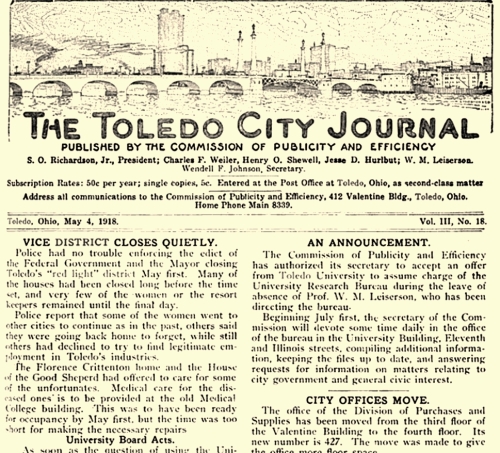
Click to Enlarge
They were the sepulchers of things which rest in the traditions of the underworld – fortunes won and lost, murders committed and forgotten, tragedies gossiped over and lost in the swirl of events “below the dead line.”
By midnight of Tuesday, May 1st, 35 resorts were closed and dark. A Toledo News-Bee writer poignantly and poetically painted a picture of the final night of the vice zone:
.”...Never before was the tenderloin utterly crushed out, although there had been minor restrictions imposed on it from time to time. The women of the underworld accepted the order as a matter of fact. Their exodus began several weeks ago, but not all of the resorts were abandoned before the ban became effective. Many sight-seers collected during the last hours on Tuesday night in such places as were still open. There was a little feverish revelry but the district in general was quiet.No better night could have been chosen for the passing of the tenderloin. Rain swept the streets where the refuse which had accompanied the moving-out of some of the places during the day, was still scattered. Thru the cold mist, the lights of passing autos made yellow halos and the electric globes above the doorways of the houses blinked in a sinister manner. A few men loitered along sheltering walls. Cats, abandoned in the Tuesday exodus of the women, slunk thru the rain. Houses, where a few nights before there had been music and laughter, were silent. By midnight the lights above the doors of the houses had all gone out. Behind drawn blinds even the lamps were darkened. Notorious resorts were deserted and lowered heavily over the dismal streets.
The segregated district had passed.”
In the coming months after the closing, the story of the Toledo Tenderloin took a new twist. Ironically, a couple of the most famous houses of ill repute in the district were leased by the city and were converted into a Toledo Municipal Hospital for the destitute and poor. The hospital that would accommodate 60 to 100 patients to treat blood disease cases, diphtheria, venereal diseases, influenza and scarlet fever. The neighborhood would change dramatically over the decades, but the people who inhabited the Tenderloin may not have changed so readily. Many of the ladies and men either moved to different parts of the city to ply their trade, or moved out of town. In July of 1918, Detective Captain Lewis B. Tracy snagged 4 women in a raid on Spielbusch avenue and delivered them to the new hospital to be examined. They were the first patients to be examined. In Maumee, a disorderly house began operating there and a late night raid netted the arrests of over 40 women. And a few weeks later, Toledo Police raided two roadhouses near Bay View Park in North Toledo, arresting nearly 100 men and women. The Toledo Blade reported on June 26th of 1918 that, “Toledo’s resort district, abolished May at government instigation, has re-established itself at Point Place, popular suburb.” Not surprisingly, Point Place was outside the jurisdiction of the Toledo Police Department and just across the border from dry Michigan. It was estimated that there were at least 100 former tenderloin resort inmates operating in Point Place, in the lower end of the Ten Mile Creek summer home colony. “There the girls disport themselves at night in front of the houses, while electric pianos carry on a discordant serenade. Automobile parties are the principal frequenters of the district. One street in the lower end of the settlement has been practically taken over by resorts, police officials say. Almost every house on both sides of the street is occupied by inmates of the old Toledo tenderloin and, the police say, practically every house is selling liquor.”
It became obvious, very quickly, that closing the Tenderloin had not solved the problems of disease, alcoholism and moral bankruptcy. Those social issues just moved to new neighborhoods and would continue to flourish. Forced to uproot and relocate when public pressure prompted politicians and police to “crackdown” on the visible evidence of such behavior on the streets. The closing of the “district” also provided a lesson that is still often ignored today, that it is much easier to move people, than to move what is inside of them.
In late May of 1918, the federal government sent a doctor to Toledo to assess our city’s health situation and to speak to assemblies of young women about the dangers of social diseases. In one speech she noted, “From a health viewpoint, nothing much has yet been accomplished by the abolition of Toledo’s vice district. Morally, it was a step in the right direction. The trouble with segregation is that segregation does not segregate. It is the women and children who reap the harvest of the wild oats sowing. The best and ultimate solution of the problem will be an insistence by the women of the country upon a single standard of morals. As long as the women permit a double standard of morals vice will flourish.”
My hearty thanks to researcher and writer Doug Tracy, whose passion for exploring Toledo’s past continues to help promote a better understanding of where we have been as a city and where we are today. Doug is also researching the tenderloin’s notorious Madame, Nellie Schwinn. If you have any information about her, or where she fled after she left Toledo, please contact us here at Toledo Gazette. We’ll be in touch.

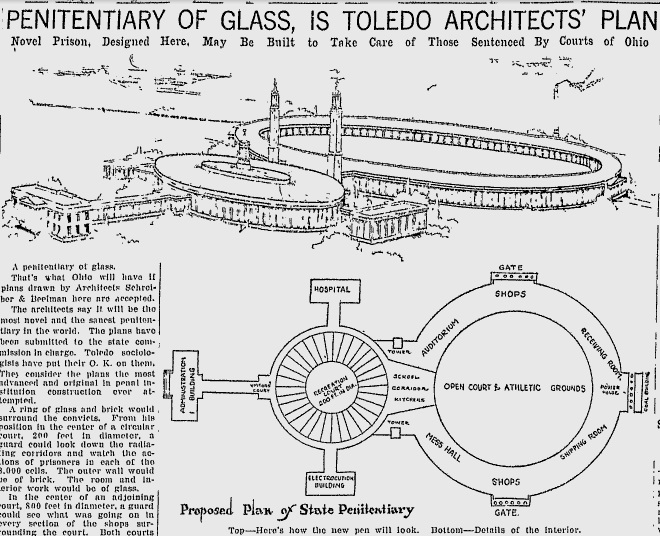
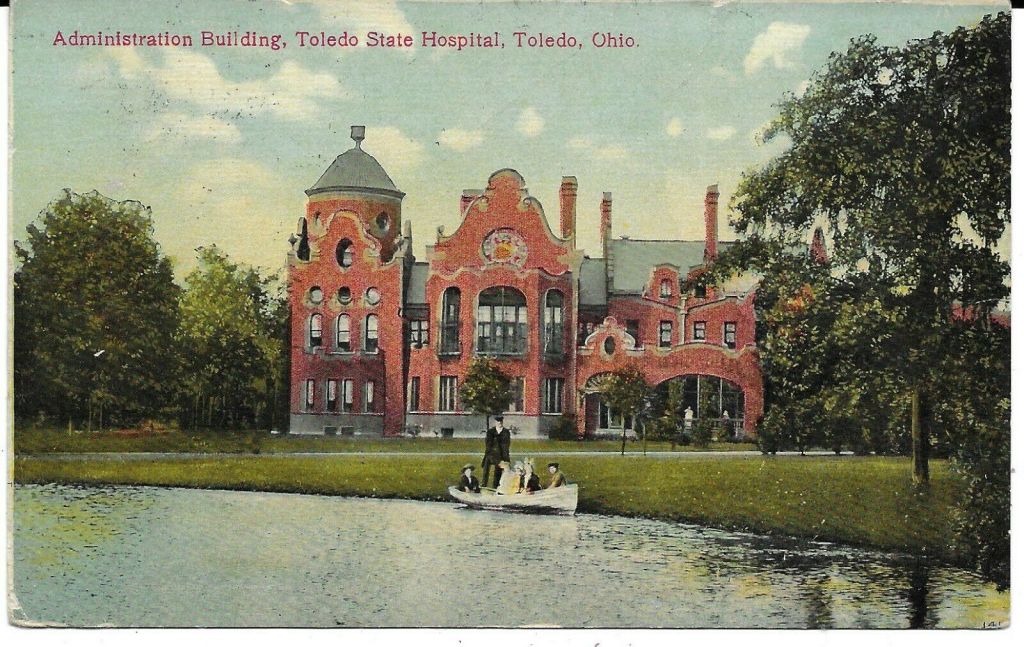
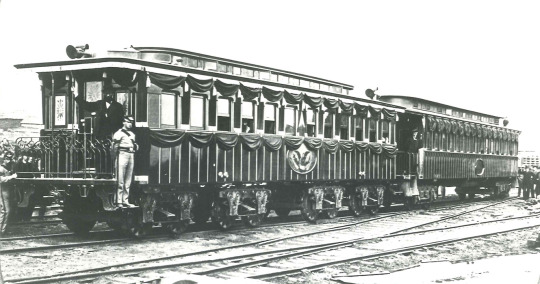
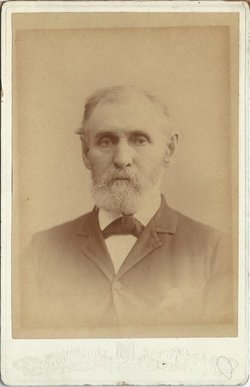

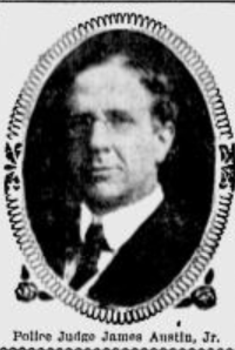
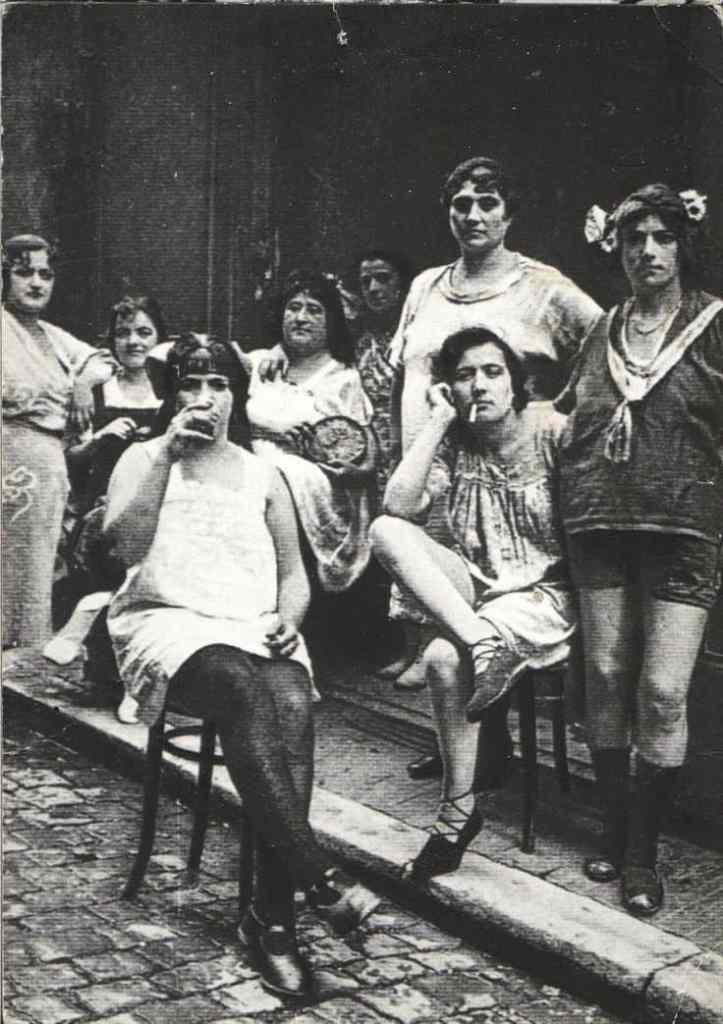


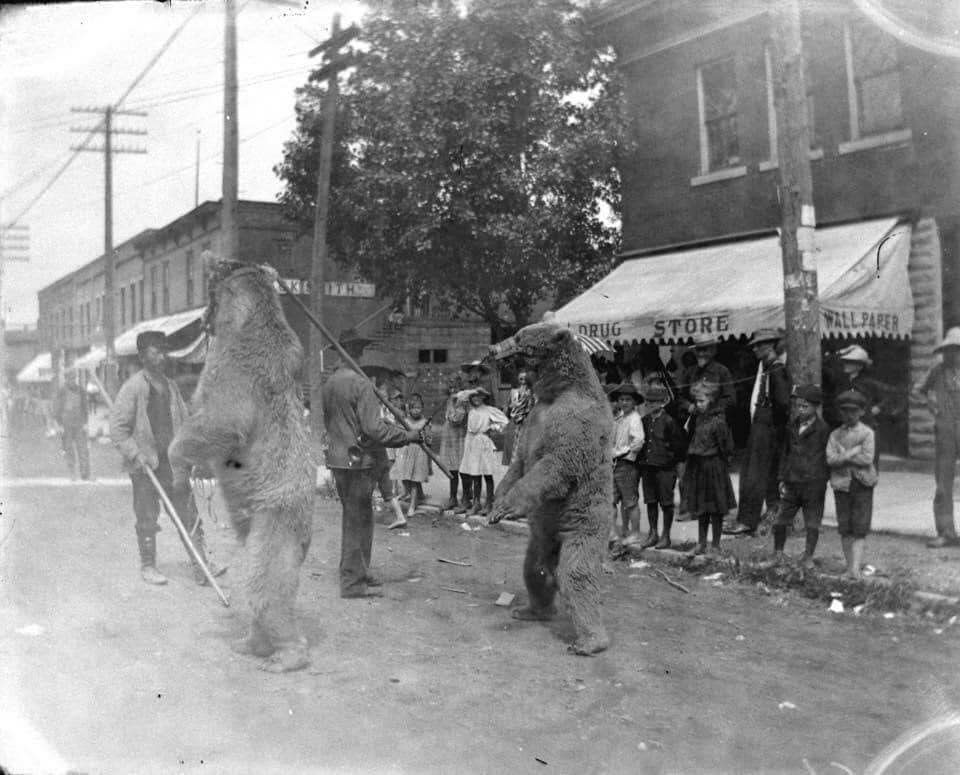 But as the oil stopped flowing with abundance and sweeter crude deposits were discovered in Texas and Oklahoma, the glitter of Wood County’s “black gold” began to fade. By the 1920’s, Cygnet was sobering to reality that the best days might be behind them, although, Cygnet was still handling much of the Ohio basin crude oil that was still being extracted. Productive drilling in the region was still common through the 1930’s, although not nearly as prolific as in years prior. It was however, still the main hub for many of the pipeline companies and tank farms that took root in the region during the boom years. But the wild days were over. A
But as the oil stopped flowing with abundance and sweeter crude deposits were discovered in Texas and Oklahoma, the glitter of Wood County’s “black gold” began to fade. By the 1920’s, Cygnet was sobering to reality that the best days might be behind them, although, Cygnet was still handling much of the Ohio basin crude oil that was still being extracted. Productive drilling in the region was still common through the 1930’s, although not nearly as prolific as in years prior. It was however, still the main hub for many of the pipeline companies and tank farms that took root in the region during the boom years. But the wild days were over. A 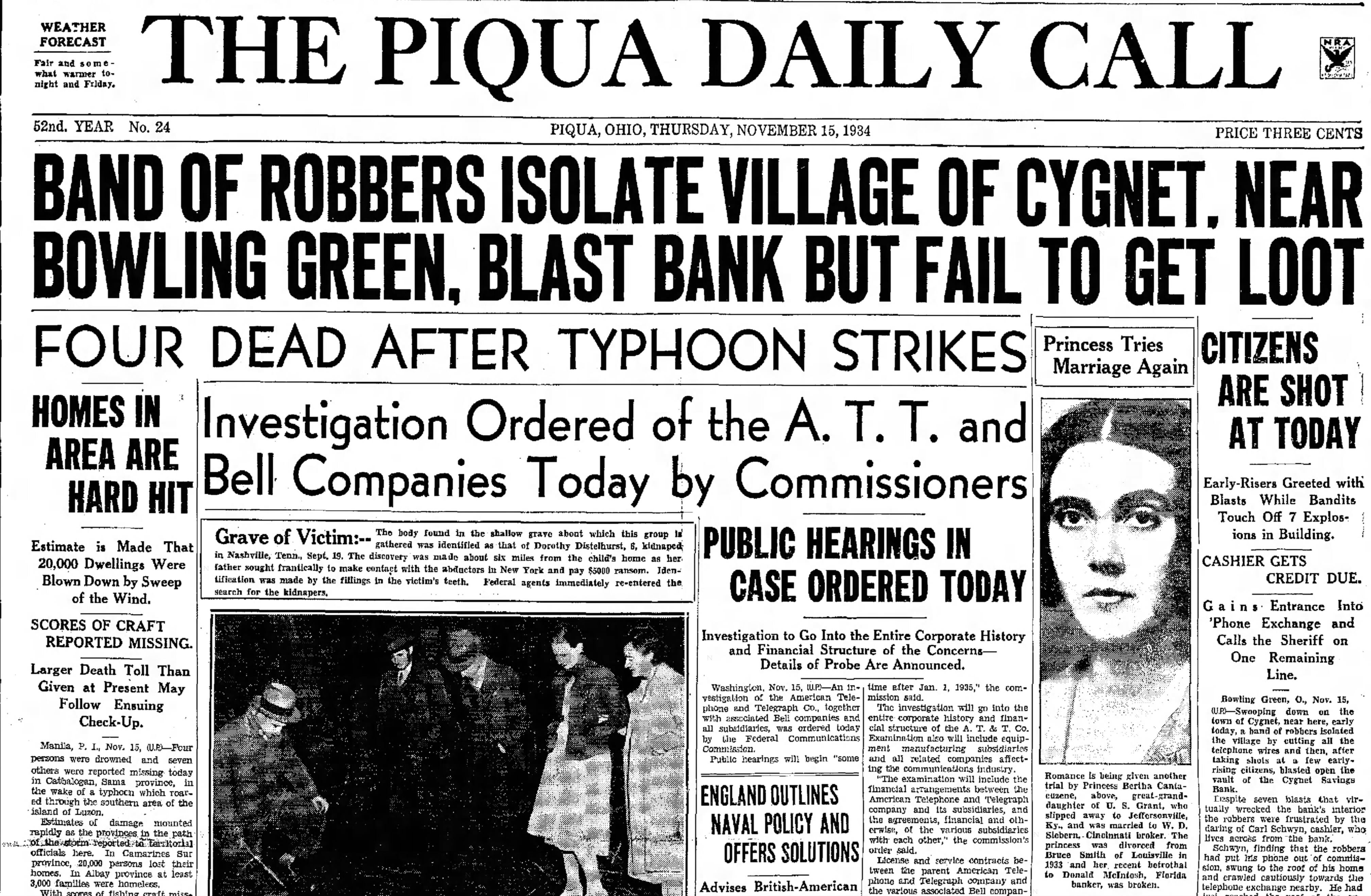 once bustling community which had spread its wings wide and proud for many years, was now but a little swan, as its name implies, settling into a much quietier future. But one day in November of 1934, it awoke from its slumber. For on Thursday morning, November 15th, the whole town was shaken and taken hostage.
once bustling community which had spread its wings wide and proud for many years, was now but a little swan, as its name implies, settling into a much quietier future. But one day in November of 1934, it awoke from its slumber. For on Thursday morning, November 15th, the whole town was shaken and taken hostage.











